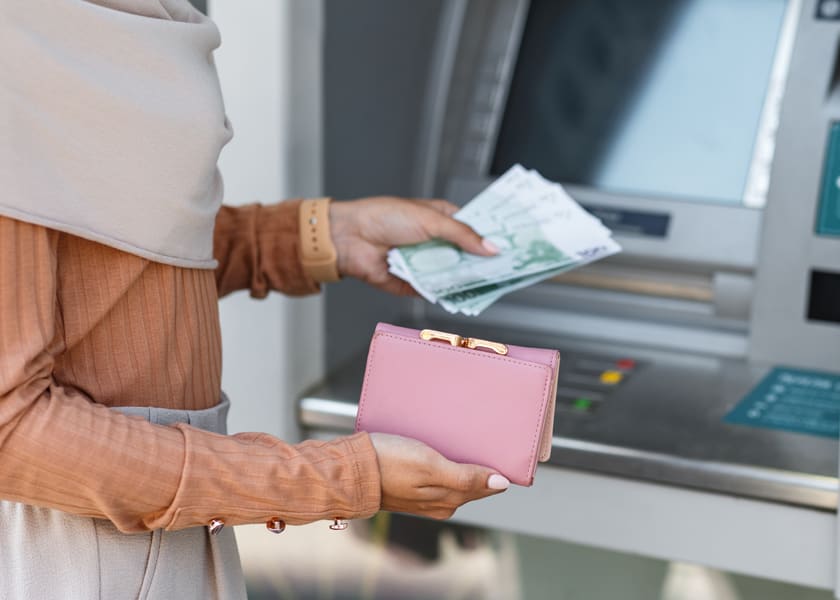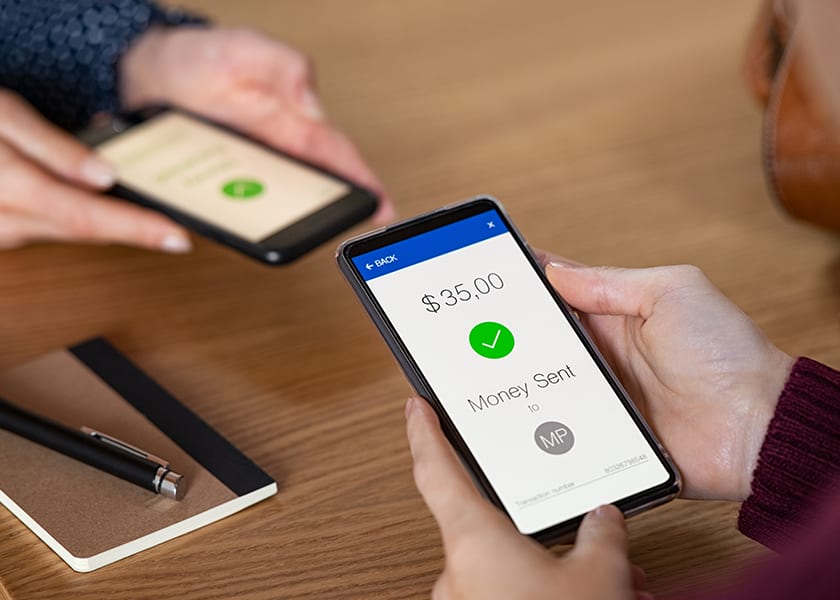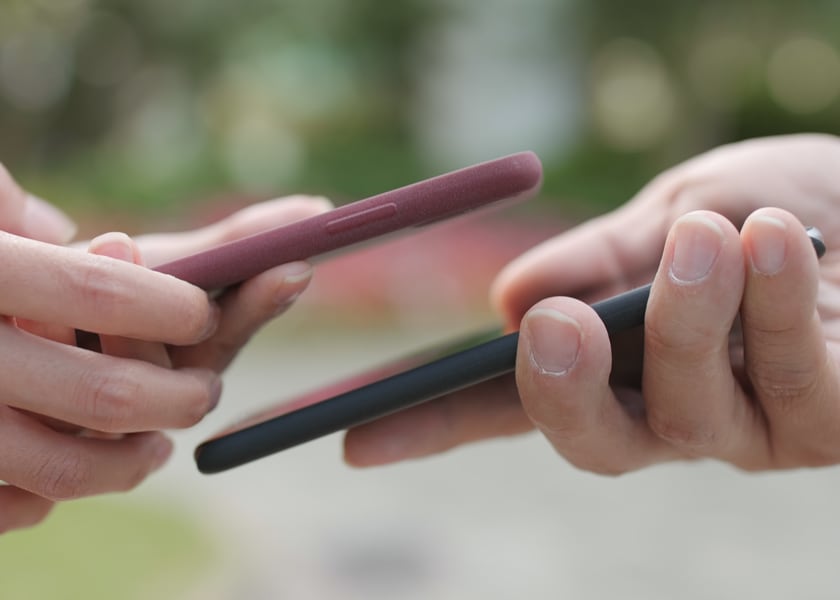Best Money Transfer Provider
XE 
Easy Transfers From Your Bank Account
- Business And Consumer Friendly
- Competitive Exchange Ranges
- Free Currency Tools
- No Minimum Amounts
Here are the necessary steps for moving money from one bank account to another.
1) Decide on an account to deposit the transferred amount in, as well as the type of account (savings, checking or certificate of deposit).
2) Gather information about both accounts including their names and addresses. Make sure that you have routing numbers for each bank's ACH system on hand as well. These numbers will often be printed on deposit slips, but can also be found online.
3) Contact customer service representatives at both banks. The name and phone number of the representative working with your account will often be listed on monthly statements or online banking portals. Ask to speak to them directly.
4) Verify that it's possible to transfer funds between the two accounts by providing information about your accounts (for example, "I have $500 in savings account A") if you are unsure whether or not it is possible to transfer funds between those two accounts. Be sure to repeat this process every time you need to make a money transfer as bank policies change frequently. Visit each bank's website for more details about its specific policy regarding transferring funds into other accounts.
5) Indicate whether you want the money to be transferred immediately or at a future date. This can be done by choosing a specific day and time for the transfer, or specifying "as soon as possible."
6) Provide routing numbers for each bank's ACH system (if applicable).
7) Verify all of the information with the representative on the phone. Both parties are required to confirm this information before moving forward with the transaction.
8) Once everything is confirmed, provide authorization to make the transfer upon request from either party. Two forms of identification are typically required including your driver's license number and social security number, but some banks may require additional information depending on how much is being transferred. Keep in mind that most transfers will not be made until this step is completed.
9) Check your account to make sure that the money was deposited as expected.
10) Most transfers will be processed within two business days, but you may need to wait longer depending on how much is being transferred and whether or not both accounts are part of the same banking company. Banks may also deduct a fee for incoming transfers depending on policies regarding transfer fees
Conclusion
Transferring money can be confusing, especially if it's your first time. However, with these simple steps, you'll have no problem transferring funds from one bank to another in a matter of minutes! The most important thing is that you gather all the information about both accounts and contact customer service representatives at each bank before making any transfers.















